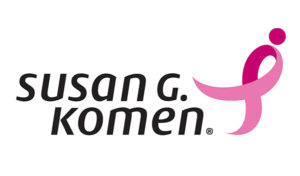
The Client
Susan G. Komen is the world’s largest nonprofit source of funding for the fight against breast cancer and the only organization that addresses breast cancer on multiple fronts such as research, community health, global outreach and public policy initiatives in order to make the biggest impact against this disease.
The organization has invested more than $2.9 billion in groundbreaking research, community health outreach, advocacy and programs in more than 60 countries. Its efforts helped reduce deaths from breast cancer by 40 percent between 1989-2016 and continues in the lives of millions.
Challenges
A review of its Information Technology infrastructure identified that Susan G. Komen needed to streamline processes, increase efficiency and reduce cost. Additionally, an unknown number of data silos existed and the organization was not taking advantage of the opportunity to leverage a common operational approach and a common data model.
The Solution
Beyond the Horizon began with a Discovery Phase using a team that included a Project Manager, Business Analyst, Database Architects, and Solution Architects. The first step was to interview product and platform owners to identify all the unique applications deployed. This led to identifying 45 different applications within scope and helped identify the data elements unique to each product as well as data elements common across multiple products. All facets of the existing data systems were explored, and all data silos identified. From the information collected during this discovery process, Beyond the Horizon developed a comprehensive Data Model/Entity Relationship Diagram (ERD) of a “to-be” system state and high-level Business Requirements for portions of the Data Model. The team then proposed specific structures for the unique data elements and a common and unified constituent journey that was aligned with the Komen operational model.
In a second phase of the project, Beyond the Horizon implemented the findings in a Salesforce-based solution and started a unification project to retire the legacy CRM system. This step began with an implementation plan to migrate from the legacy CRM to the existing Salesforce instance. The final step involved installing the Non-Profit Success Pack (NPSP), updating the campaign hierarchy and preparing for a gradual move of features over to Salesforce which Komen implemented over time.
![]()
Results
For the first time ever, Komen had a unified data model and a single view of all data records. This gave them a very clear “To-Be” model, allowing Komen to eventually migrate away from legacy systems and toward a unified constituent experience.